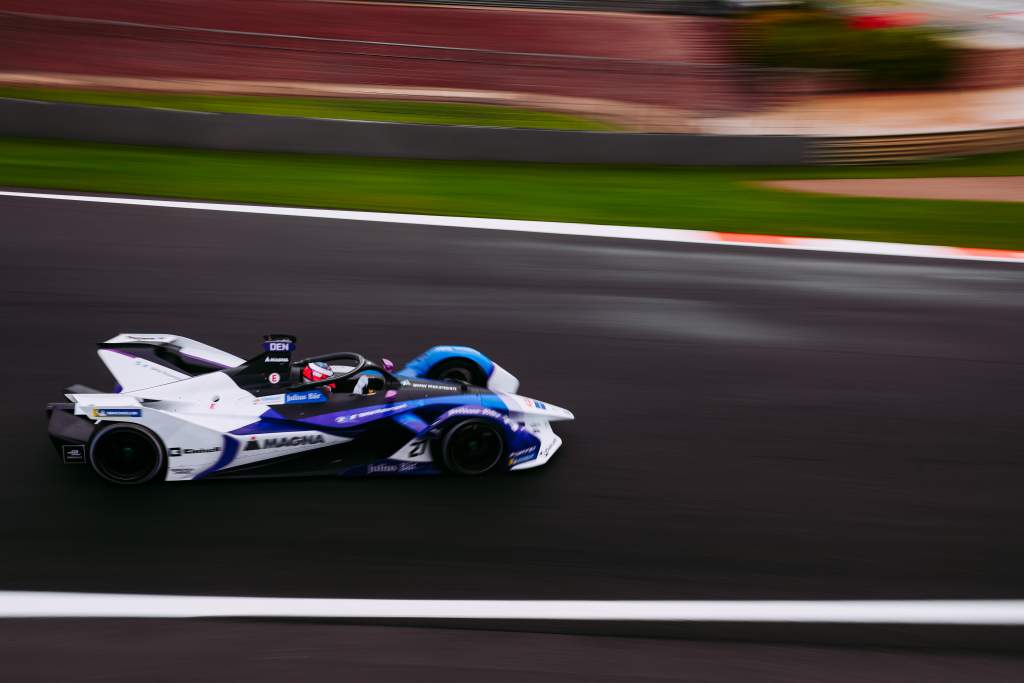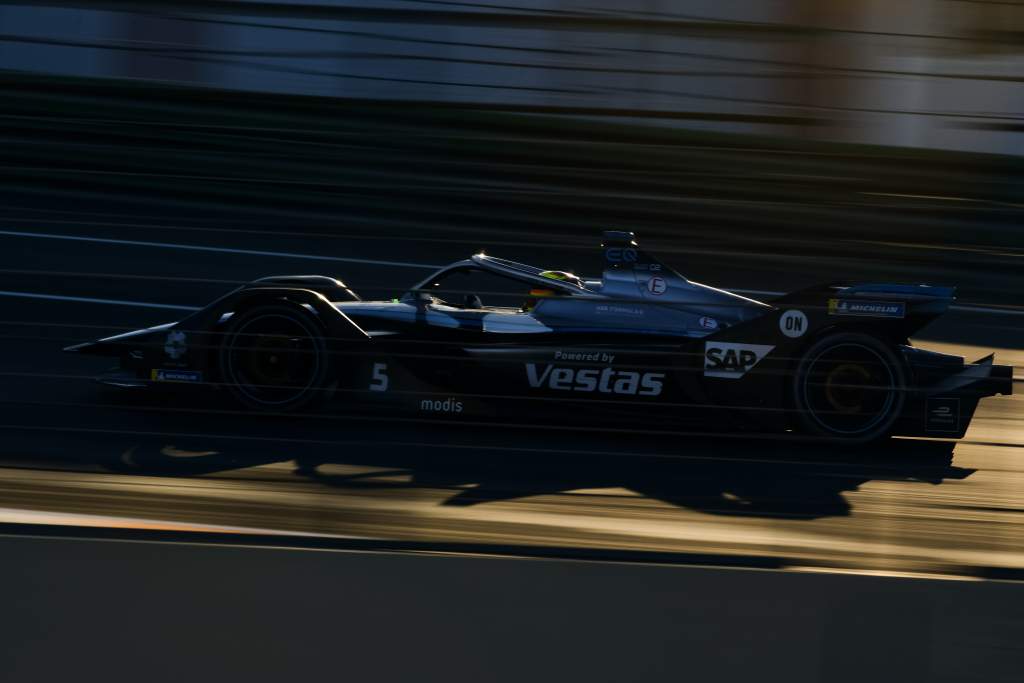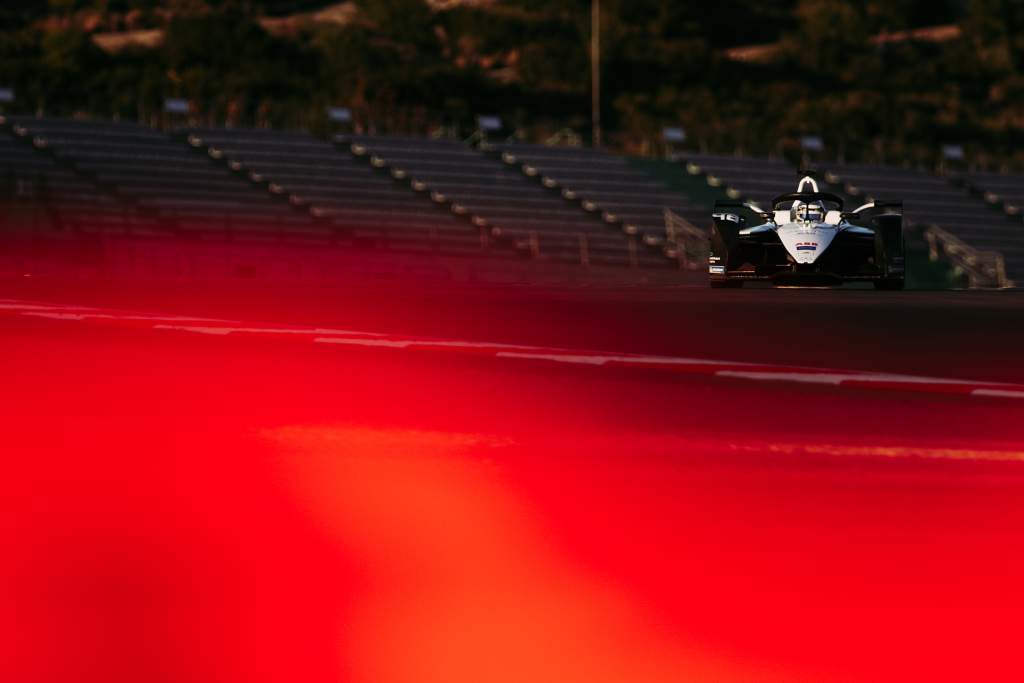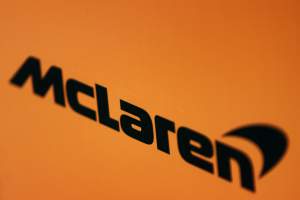The ABB FIA Formula E World Championship will significantly tighten its private testing rules for manufacturers when the Gen3 technical era begins next year.
Just 10 days of running are now available for teams to prepare with their all-new cars and new tyre supplier Hankook for the 2022/23 campaign, down from 13 at present.
This move has been mooted since early 2020 and was finally confirmed when further details of the Gen3 sporting and technical regulations emerged this week.
In the current rules manufacturers are granted six extra days if they supply a customer with a powertrain.
The new registration procedures now detail an extra eight days of testing capability for manufacturers who do deals with customers for 2022 and beyond. However the conditions have been changed to ensure half of that time (four days) is given over to the customer team, rather than the manufacturer being able to use all the allocation as it pleases.
This means that manufacturers will get a maximum total of five fewer days of testing in Gen3 than they presently do with the Gen2 cars.
The first batch of Gen3 development tests for manufacturers is able to take place between May 1 to the end of December 2022.

More stringent timings have also been put on individual test days, with running now limited to between 6am and 8pm.
Some teams are known to have run around the clock in the past, with both the Audi and Envision Virgin teams even resorting to testing in Norway during the summer of 2019 to maximise daylight testing time at the little known Valerbanen circuit.
Gen3 homologations will follow the present trend of carrying over for two years, running from the 2022/23 season to the end of the 2023/24 campaign and then a second homologation from 2024/25 to the end of the 2025/26 season.
The Race understands that at least one combined manufacturer test is likely to be carried out in the summer of 2022. This mirrors the 2018 tests, which took place at Spanish tracks Monteblanco and Calafat for the then-new Gen2-era hardware.
Manufacturers mostly support the measures to further reduce testing, which is part of the overall curb on costs in Formula E for the next ruleset.
But there has been some criticism, with several team personnel telling The Race that for the money saved on testing, manufacturers and teams are likely to spend just as much, if not more, on driver-in-the-loop simulators and other such facilities.
There is also some concern that the lighter-weight Gen3 car allied to a new tyre from Hankook will inherently need more durability testing ahead of the 2022/23 season.
One of those broadly supporting the test cull measure is Mercedes team principal Ian James, who told The Race that he was “very much of the opinion that we need to get the costs under control”.
“This is one small lever that we’ve got in order to do that,” he said.

“It is quite a significant reduction from Gen2 but I still think it’s OK with the 10 days. I think where we do need to just be careful that there are some other restrictions which would come on top of that.”
James was specifically referring to mooted usable energy restrictions at the tests, which is set at ‘capacity/season: [51] kWh x 4 x [10 days],’ according to the new document.
The four full charges per day can effectively be quantified as a limitation for manufacturers during testing as this essentially limits them to less than four hours of running in the 12-hour window. A requested change to this is currently under review by the FIA.
Manufacturers are also bound by regulation to “upload the BMS [battery management system] data to the battery FIA designated supplier server at the conclusion of each manufacturer-nominated test day”
“I think that we just need to double-check the calculations on that [energy use], to make sure that we’re not almost getting a double restriction,” said James.
“But I’m confident that we’ll get that done in the right way.”
Commercial details for manufacturers supplying other teams have also been outlined in the document but The Race understands that some aspects of these are likely to change.
These could potentially be the technical ‘perimeter’ menu, which makes up the manufacturer-specific components.
These include the powertrain, suspension, cooling systems, transmission, rear casing structure and aerodynamics.
The ready-to-race price cap, which includes the battery, chassis, front powertrain kit, common parts and the aforementioned ‘perimeter’ package, is €835,000.00. This compares to the €817,300 of the present Gen2 car.

With a cost cap identified but yet to be agreed for Gen3, many of the manufacturers are known to have become increasingly concerned about becoming commercially exposed if they supply customer teams, and ending up making an increasing loss on providing a car for a competitor.
The powerplays between manufacturers and the FIA are said to currently be tense due in part to the March 31 manufacturer deadline for Gen3 commitment. This is also the date CAD data becomes available for design purposes.
Further talks are set to be held next month at the next Technical Working Group meeting ahead of the planned season-opening races in Diriyah in Saudi Arabia.







